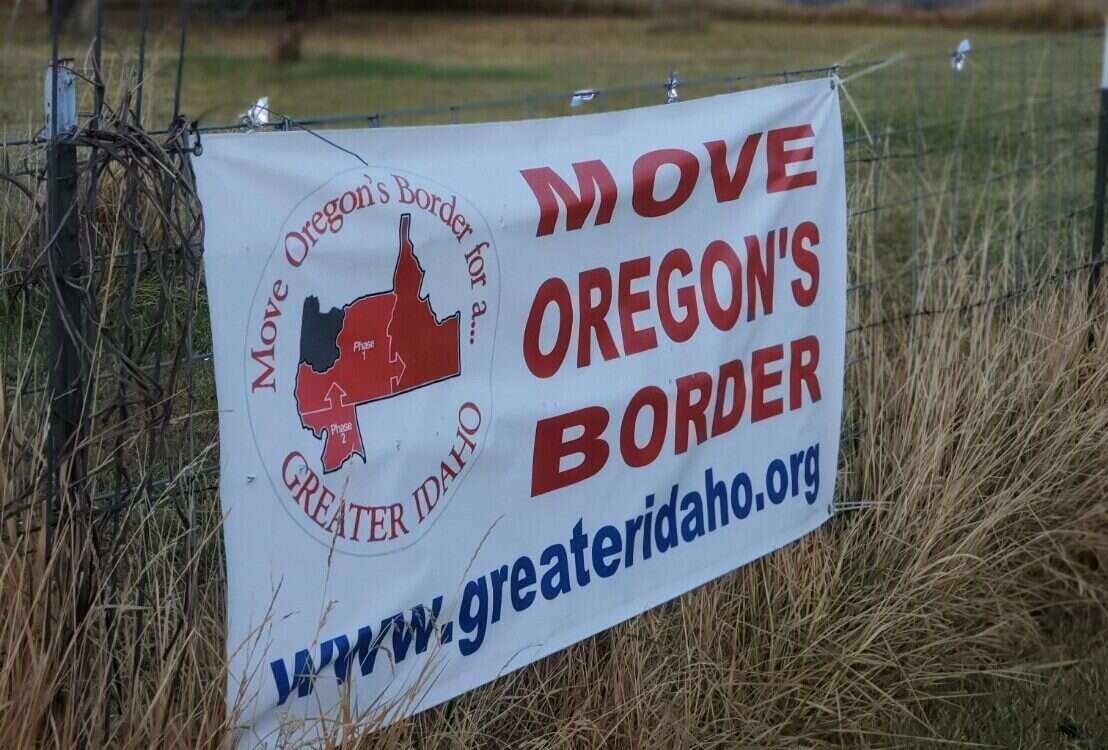
A plan known as Greater Idaho aims to persuade state legislatures in the US to redraw the boundary between Oregon and Idaho, converting the rural, conservative eastern counties of Oregon into Idaho counties.

According to Keaton Ems, an Oregon Christmas tree farmer, there is an “imbalance of power” between rural and urban areas, and “nobody from the valley between Portland and Eugene understands what goes on in these rural parts”.
The movement seeks to merge 15 Oregon counties with two more to create the state of Greater Idaho
Why do counties want to secede from Oregon?
“It makes more sense for Eastern Oregonians to get state-level governance coming from Idaho, where they share their values, share their culture, share their politics than it does to be governed by Western Oregon,” Matt McCaw, part of the movement, told Fox News.
The initiative is motivated by alienation from what is perceived as Portland‘s liberal metropolitan dominance.
Mike McCarter, the leader of the movement, said: “We’re all sending the same message to Oregon’s leadership, that you’ve got a problem in Eastern Oregon. If we get done with this, and it doesn’t come about the way we want it, at least we did it in the right way, so be proud of that.”
Under the auspices of the Greater Idaho movement, additional voting took place in November 2022. With the votes from Morrow and Wheeler counties, 11 out of 15 counties now support moving the Oregon-Idaho border.

After that, McCarter said he thought the Legislature should have a hearing on the proposal in December 2022 and then introduce their resolution in January of the new year.
“We’re the second-most successful county measure campaign in Oregon history, along with the 2nd Amendment sanctuary county movement, and every candidate for governor has emphasised the importance of listening to the whole state,” he stated.
Will Greater Idaho actually happen?
The Greater Idaho movement is both the most electorally successful and the most disorderly secessionist movement in the nation. For it to be acted upon, many steps and bureaucratic measures are needed.
There were a couple of propositions on the Morrow and Wheeler ballots. Voters in the first county had to approve a measure requiring county commissioners to convene three times annually to discuss any negotiations regarding the shifting of the Oregon-Idaho state line. Voters in the county of Wheeler discussed a measure requesting state legislators to use tax funds to strive towards changing the Idaho border.
All of these ideas would need approval from both state legislatures, a change to the Idaho Constitution, or federal action, so none of them would significantly affect the structure of either state anytime soon.
Other obstacles include disagreements over the management of natural resources, Native American treaty rights, and problems like the legalisation of marijuana, which is a significant part of Oregon’s economy.
Although 11 counties have already voted in favour of the movement, the movement’s organisers have been forced to take a step back on their ideals and will have to continue to do so after two counties in southwest Oregon only supported it by 47% and 49%. This illustrates that creating a Greater Idaho would encounter considerable bureaucratic obstacles even if all 17 counties accept the proposal.
Democratic state Senator Michelle Stennett expressed her worries about the logistics: “How do you blend criminal justice systems and jurisdictions? Where does your tax base come from? There’s just a lot that isn’t being talked about that would need to be flashed out for this to even be considered.”
Nevertheless, Greater Idaho’s supporter McCaw remains optimistic. “We’ve proven that people in Eastern Oregon want to pursue this idea, and we’re going to keep trying to get as many of those counties as possible to get on the ballot. But it’s time for the legislature to pick up the ball and start this discussion.” He added: “By 2024, you could have a border moved, absolutely.”
[Read more: To govern best, cut through the red tape]






